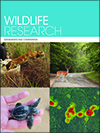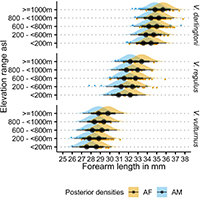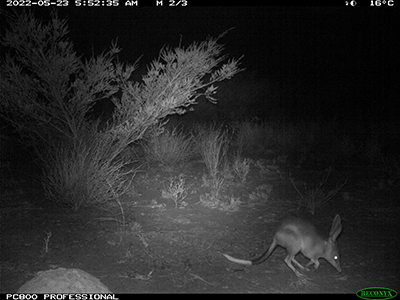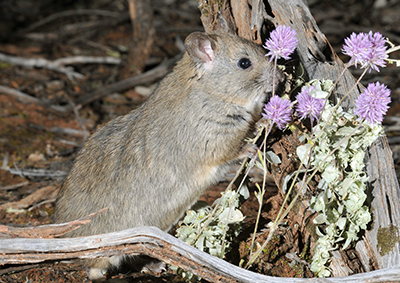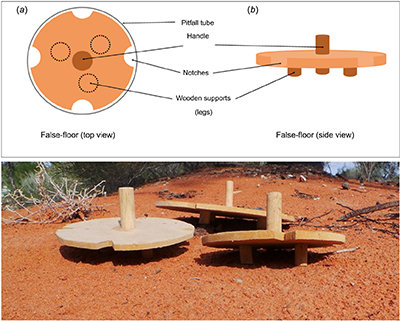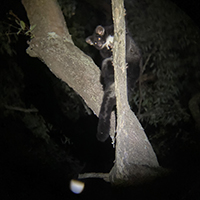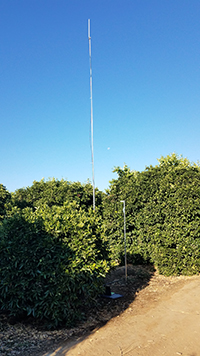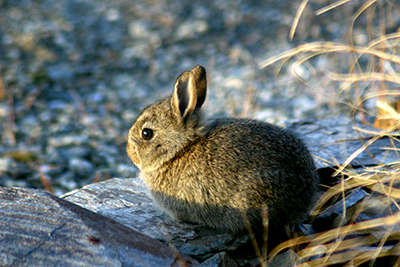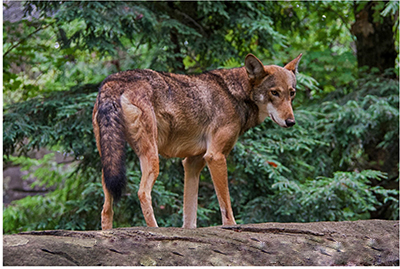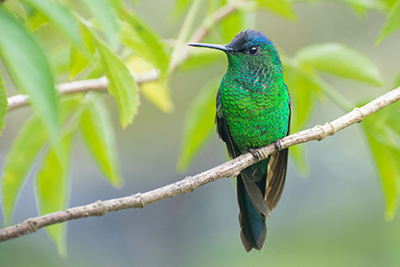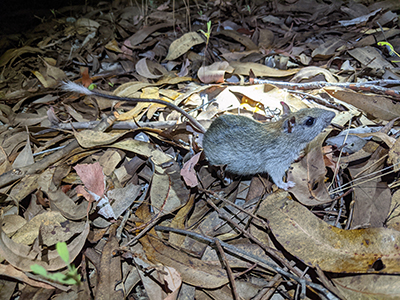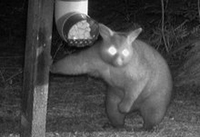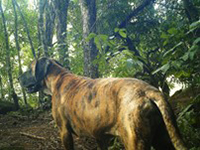Cats and foxes are a significant threat to bilbies, with their impacts likely to be worsened by fire. We used camera-traps and genetic sampling to investigate whether bilby–predator interactions changed in response to planned fire. We found a high level of overlap in activity among the three species, and a general decline in bilby and cat activity, and an increase in fox activity following fire. Our study indicated that broad-scale fire is likely to have negative consequences for bilby populations, most likely owing to an increase in fox predation pressure.
Warlpiri: Minija manu pujumalu kalu-jana ngarni walpajirri kuja ka warlu-jangkalku karrimi (ngunjalparla/winingka). Ngulajangka yartiwajirli ka palka-mani kuna-wartirlki panu. Ngulajangka kanarlu-jana nyanyi kuyu-patu marnkurrpa minija, pujuma manu walpajirri yartiwajirla, wita-karri-karrirlki kalu nyinami walpajirri-watiji manu minija-watiji manu nganayiji pujumaju kalu panu nyinami nyampurla walyangkaju (ngurungkaju). Wiri-jarlu warluju ngulaju maju walpajirri-kiji. Pujumaju panu, punku walpajirri-kiji.
The translation of this short summary from English to Warlpiri language was provided by Annette Patrick from the community of Lajamanu in the northern Tanami Desert. Warlpiri language is spoken by ~3000 of the Warlpiri people from the Tanami Desert, north-west of Alice Springs in central Australia. Photograph supplied by H. M. Geyle.
This article belongs to the collection Indigenous and cross-cultural wildlife research in Australia.


